Hello, lovely readers! I’ve just returned from a trip through the beautiful Loire Valley. I’m quite familiar with this region just a few hours from Paris, and yet it proved to hold quite a few surprises for me on this trip, each more delicious than the next.
I was lucky enough for my visit to fall on a handful of those crisp, beautiful days of autumn – all the better for taking in the striking views of the area’s castles. While the Loire Valley is particularly well-known for its Renaissance châteaux, of which I visited quite a few, there are also a few medieval castles dotted throughout the countryside. One of them, the Château de Rivau, was my home for the first night.
The current owners of the castle were inspired by fairy tales to create a truly magical expanse of garden surrounding the castle. These massive galoshes sat in a copse of fruit trees ranging from apples and pears to local nèfles.
The castle also pays homage to the seasonal winter squash bounty, with a whopping 43 varieties grown in the potager, named for Gargantua, the gluttonous giant invented by native son François Rabelais. These and many of the other fruits and vegetables grown on-site are used in the kitchens of the restaurant Le Jardin Secret, and since the castle has also been part of the region’s Conservatoire du Patrimoine Légumier for over a decade, the seeds are also disseminated among other gardens to help local varieties from dying out.
At the nearby Les Jardiniers, Chef Martin Bolaers also keeps local terroir front of mind. Most of the dishes at this Michelin-green-starred establishment are made with ingredients from the kitchen garden, of which the above example – the ever-changing starter – is the perfect example. Here, a mix of root vegetables and edible flowers were drizzled in a rhubarb-scented sauce for a dish that straddled this shoulder season perfectly.
And I must admit… I adored the fact that when you enter the restaurant, you're given the chance to choose the centerpiece of local flowers you’ll carry to your own table, to engage with it over the course of the meal. I chose this pretty purple bouquet, which once more seemed perfect for fall.
The local bounty was highlighted, too, at the neighboring Académie de la Truffe, an educational truffle farm restoring this local bounty to the Loire’s landscape after a hundred-year absence.
Far more entrenched in the local terroir is the the Roches mushroom cellar, an underground gallery of quarries once tapped to source the limestone that would be used to construct so many of the local castles.
Today, the quarry has been transformed into a mushroom farm, which grows varieties like brown chestnut, oyster, and the rare blue-footed mushroom, of which 40% of the world’s supply is grown right here.
Mushrooms were on the menu at l’Amour Blanc as well, alongside locally-sourced wagyu beef and veal, the first of the season's cabbages, and a lovely selection of local, natural wines.
Of course, I didn't just eat in the Loire Valley. I also visited quite a few castles. Chinon, like Rivau, dates to the Middle Ages, notably known for having been a favorite of Eleanor of Aquitaine and her son, Richard the Lionheart, who built the castle’s mill tower.
I said hello to the more well-known Chenonceau and Blois, but I also got the chance to visit the slightly more off-the-beaten-track Azay le Rideau, known for its “water mirror” that reflects the façade of this chateau on sunny days.
But I must admit… it was the culinary discoveries that best seized my heart. (Is anyone surprised?) Perhaps chief among them were the father-son(s) team behind the Bailly Blain goat farm, where Clément and Nicolas (not pictured) are the fourth generation crafting local Chavignol goat cheeses.
I met their curious goats, and passionate cheesemaker Clément took me through the process of crafting this lactic chèvre. I even got the chance to taste some of the young curd.
Chavignol is one of the rare French goat cheeses to outsource aging to expert affineurs. After leaving the fresh goat cheeses behind, I drove just 15 minutes to Dubois Boulay, a master ager, where I took part in a tasting of four different ages of the same delicious cheese.
It was a trip to remember… and my discoveries will soon be popping up in France Today, Paste Magazine, Culture Magazine, and more!
Cheese of the Week
While each of the four Chavignols I tasted was delicious, my favorite was undoubtedly this almost diaphanous bleuté. After about four weeks of aging, the rind of the cheese begins to develop a blue Penicillium rind. The heart of the cheese grows denser, but despite its ghoulish appearance, this cheese actually remains relatively mild, with a lovely complexity and woodsy, nutty notes.
To discover more of my favorite cheeses, be sure to follow me on Instagram @emily_in_france, subscribe to my YouTube channel, and tune into the Terroir Podcast, where Caroline Conner and I delve into France's cheese, wine, and more one region at a time.
What I’m Eating
While I had many delicious meals traveling in the Loire Valley, my favorite was hands-down the lunch I enjoyed at La Cabane à Matelot, a restaurant helmed by a duo – a chef and a fisherman – whose shared mission is to profile the very best in local river fish. I dug into an appetizer of aspe marinated in house-made garum, a Roman answer to fish sauce that I loved so much I bought myself a bottle. The fish was settled atop house focaccia and dotted with crispy capers and ultra-sweet sun-dried tomatoes with a lemony mayo lending welcome freshness.
I next enjoyed barbel reimagined as a sort of boudin blanc seasoned with miso and served alongside a rich pool of crayfish bisque… which might well have been one of the more delicious things I've put into my mouth this year.
Where I’m Going
1. To Paziols, the home of my heart, to celebrate the birthday of a dear friend.
2. To give a cheese tasting for WICE… and there's one spot left!
3. To William Artigue's chocolate shop, to check out the new, seasonal creations from this master chocolatier. I’m particularly excited about his speculoos praline paired with apple and quince jelly.
What I'm Writing
1. Manigodine is nothing if not a terroir-driven cheese, a washed-rind delicacy made with the milk of Abondance, Montbéliarde, and Tarine cows whose very name evokes the Savoyard Valley of Manigod from whence it hails. But to hear master ager Jean-François Paccard tell it, its roots are anything but local. For My French Life.
2. Not writing… but I shared my favorite places in Paris to eat right now for Milk Street Radio.
3. From the archives: The croissant has been reimagined into a host of portmanteau pastries, from the cruffin to the Cronut. Now its latest iteration, the "crookie", is taking Paris by storm, giving me the perfect opportunity to delve into the croissant’s convoluted, complicated history for the BBC.
What I'm Saying
When you talk about your memories in French, you evoke your souvenirs. So what does mémoire mean? Memoirist Scott Carpenter is here to help us navigate this strange discrepancy between two false friends on Navigating the French.
FAQs
With the goal of bringing you the content you crave, I've solicited your help. What questions can I answer for you? Drop them into the newsletter chat, and I’ll answer as many as I can!
What I'm Reading
1. I went through a phase of reading a lot of “I moved to Europe” memoirs, and while they’re not the crux of my reading now that I, too, have moved to Europe, I do feel quite familiar with the genre. I really loved Steve Hoffman’s approach in A Season for That, particularly the way he addresses how fulfilling this dream can actually prove a bit disappointing, at least at first. This isn’t to say there aren’t loads of juicy, beautiful details in this book, and Hoffman’s mastery of French comes through wonderfully in both the dialogue, which is rendered with exquisite local character, as well as in his musings about the language and its hurdles. If you liked Peter Mayle, you’ll love this.
2. This wonderful, creepy celebration of the origins of Halloween. In Adage.
3. This gorgeous account of what goes into making one of France’s rarest cheeses. In National Geographic.
A bientôt !






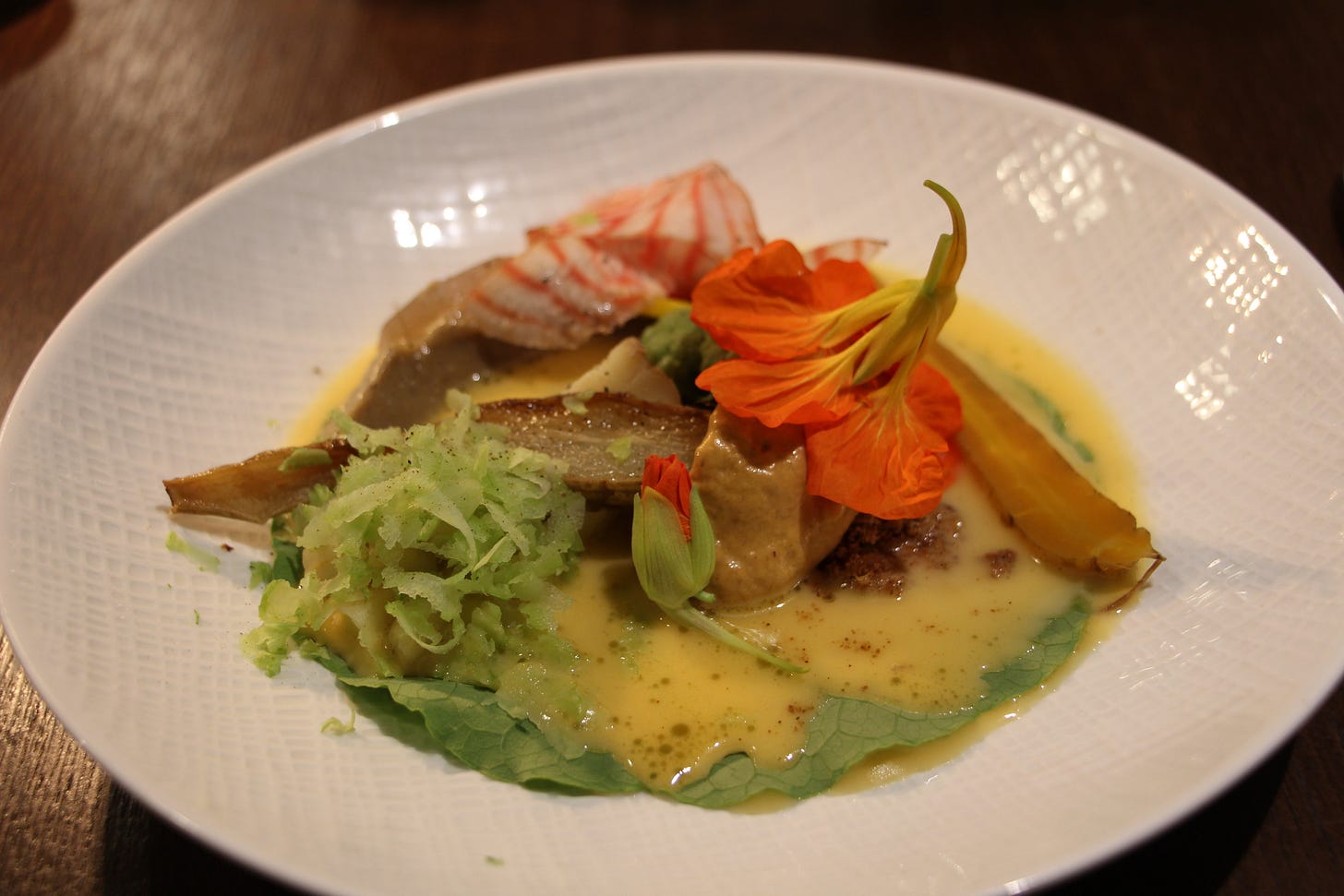



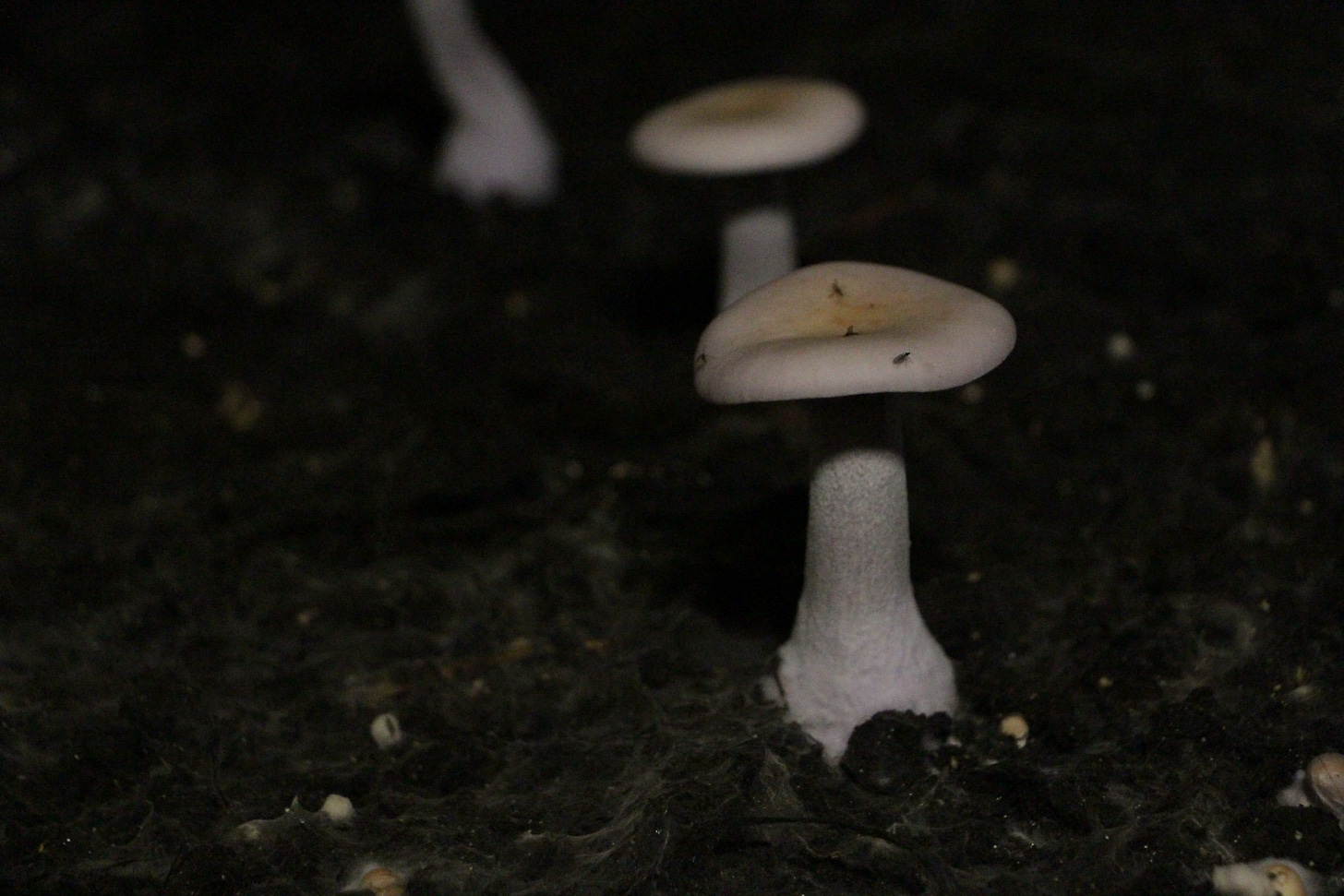
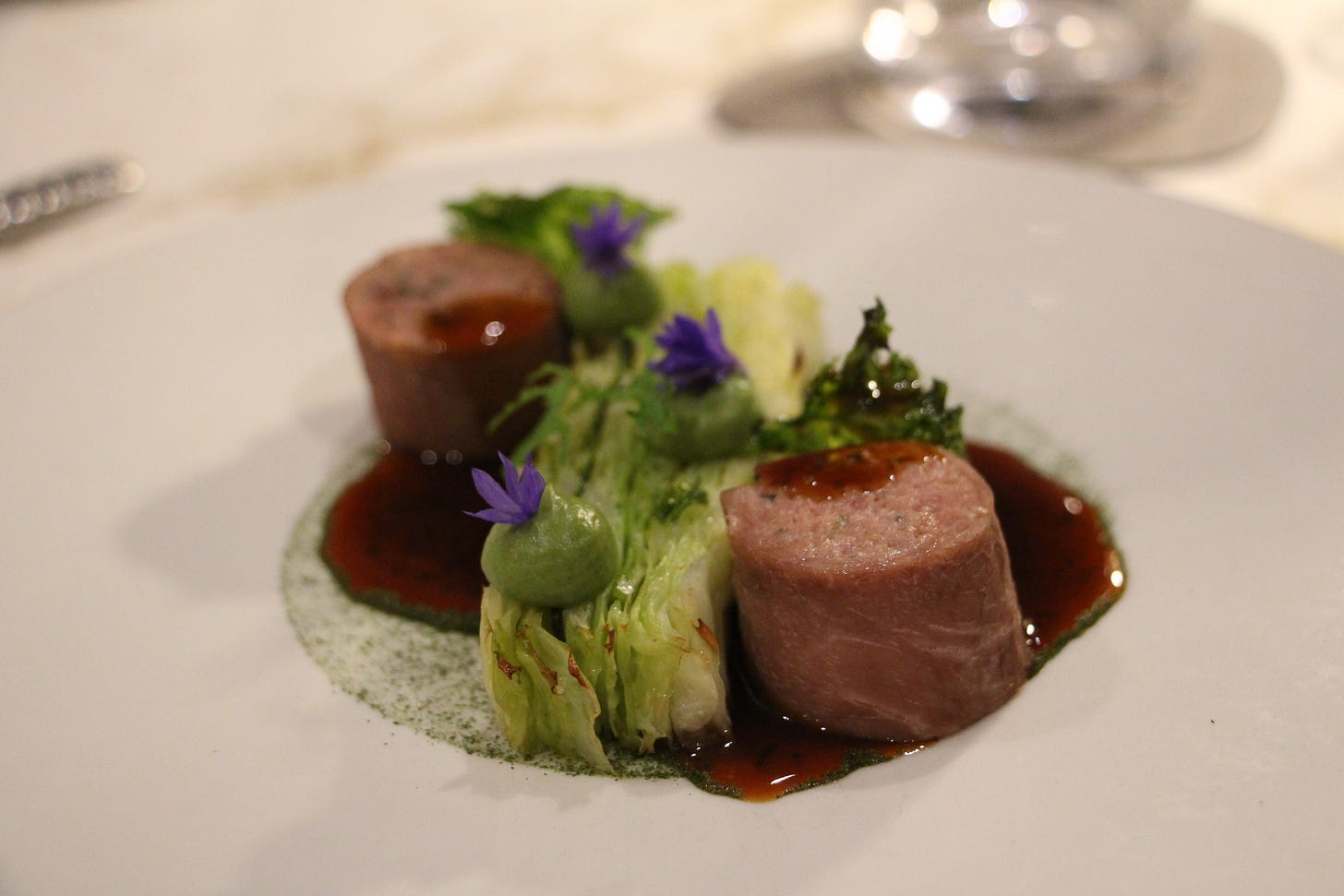

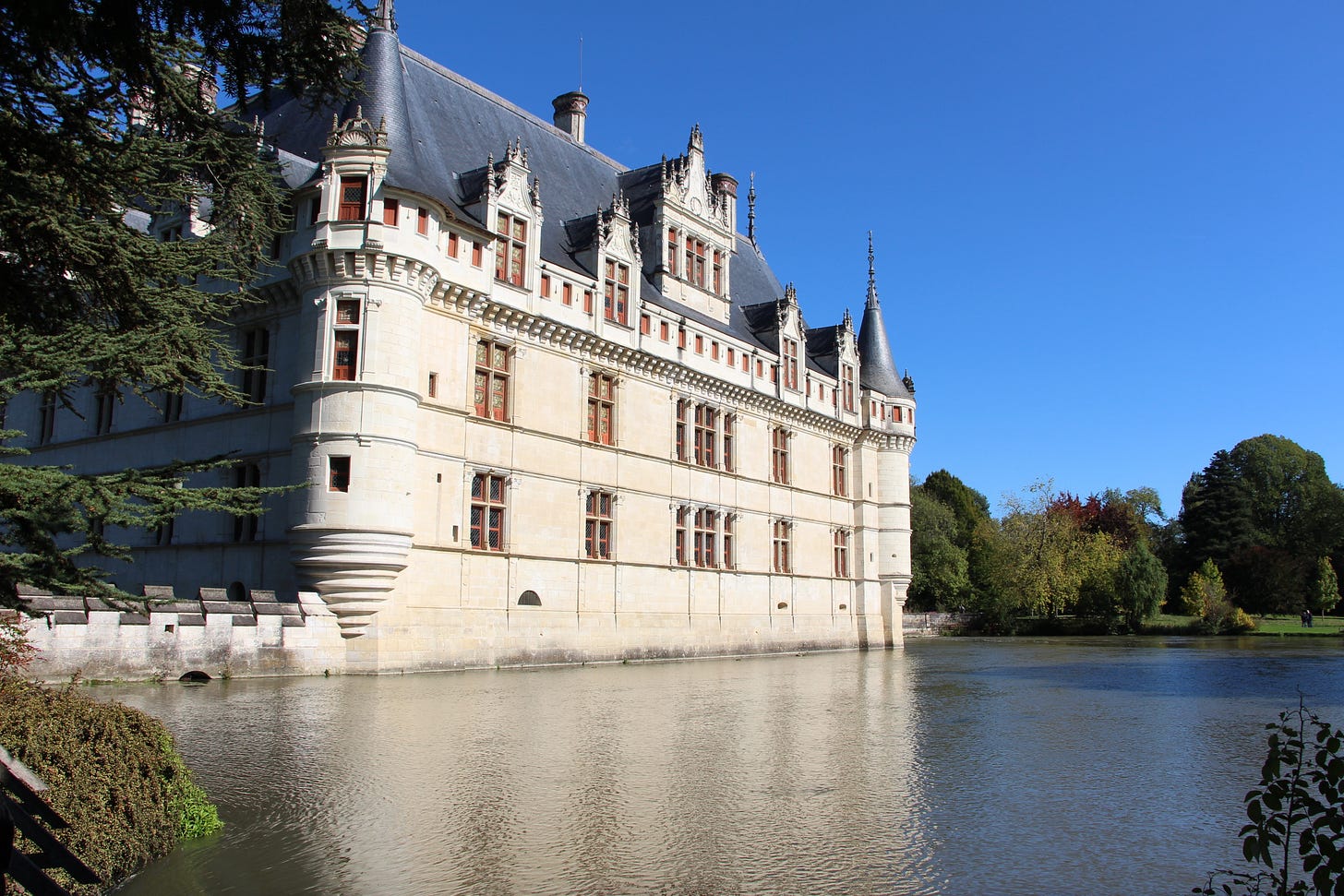

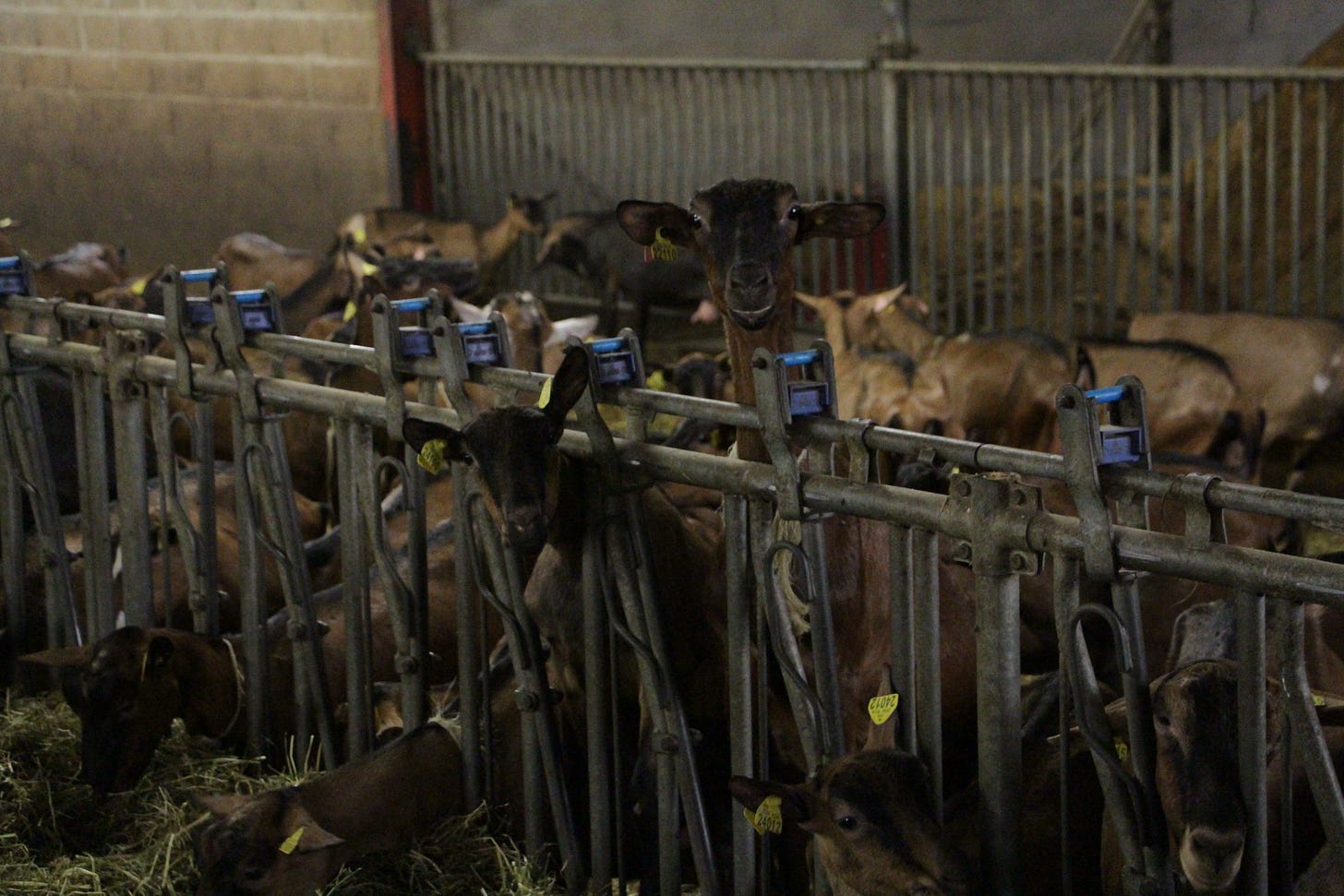


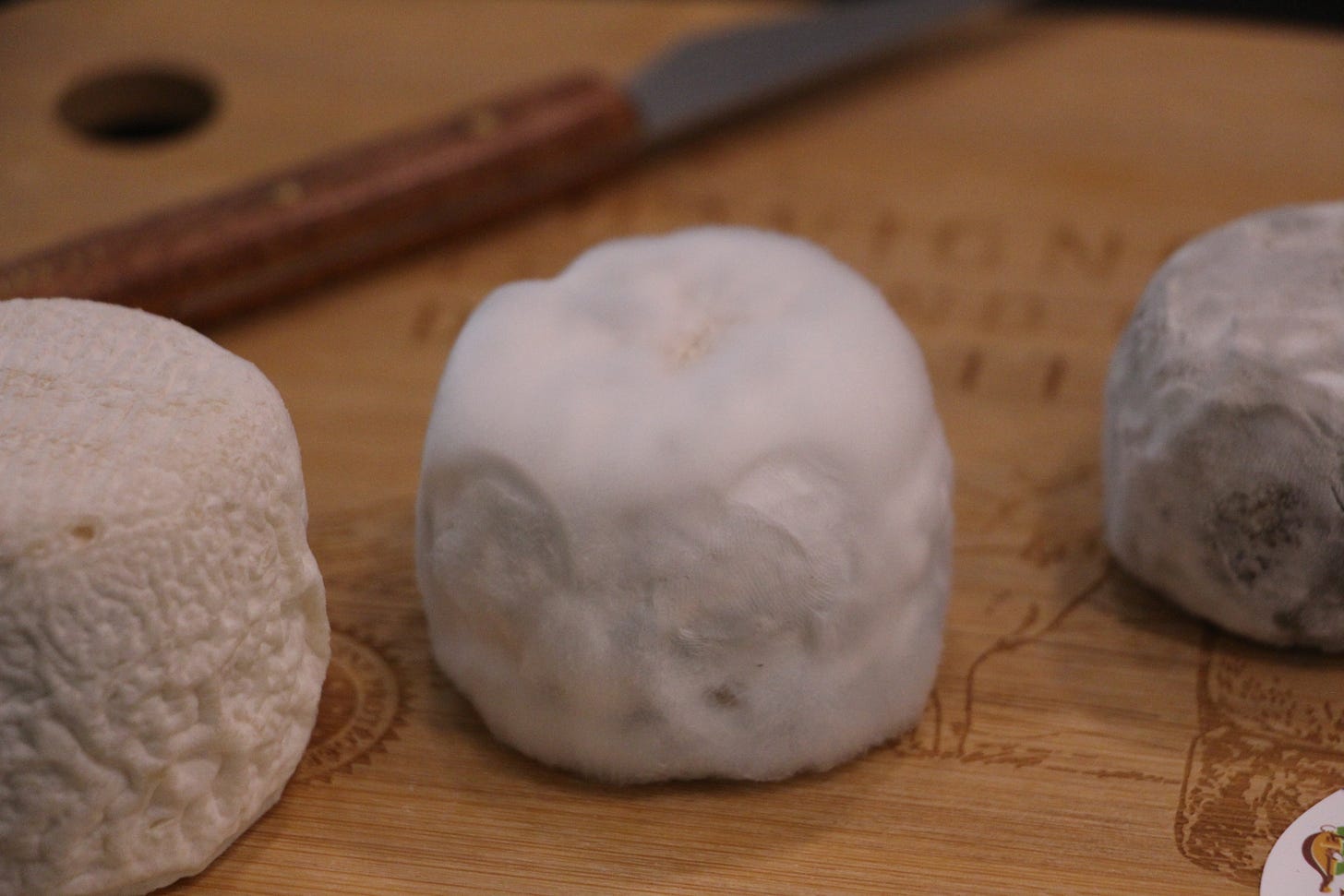
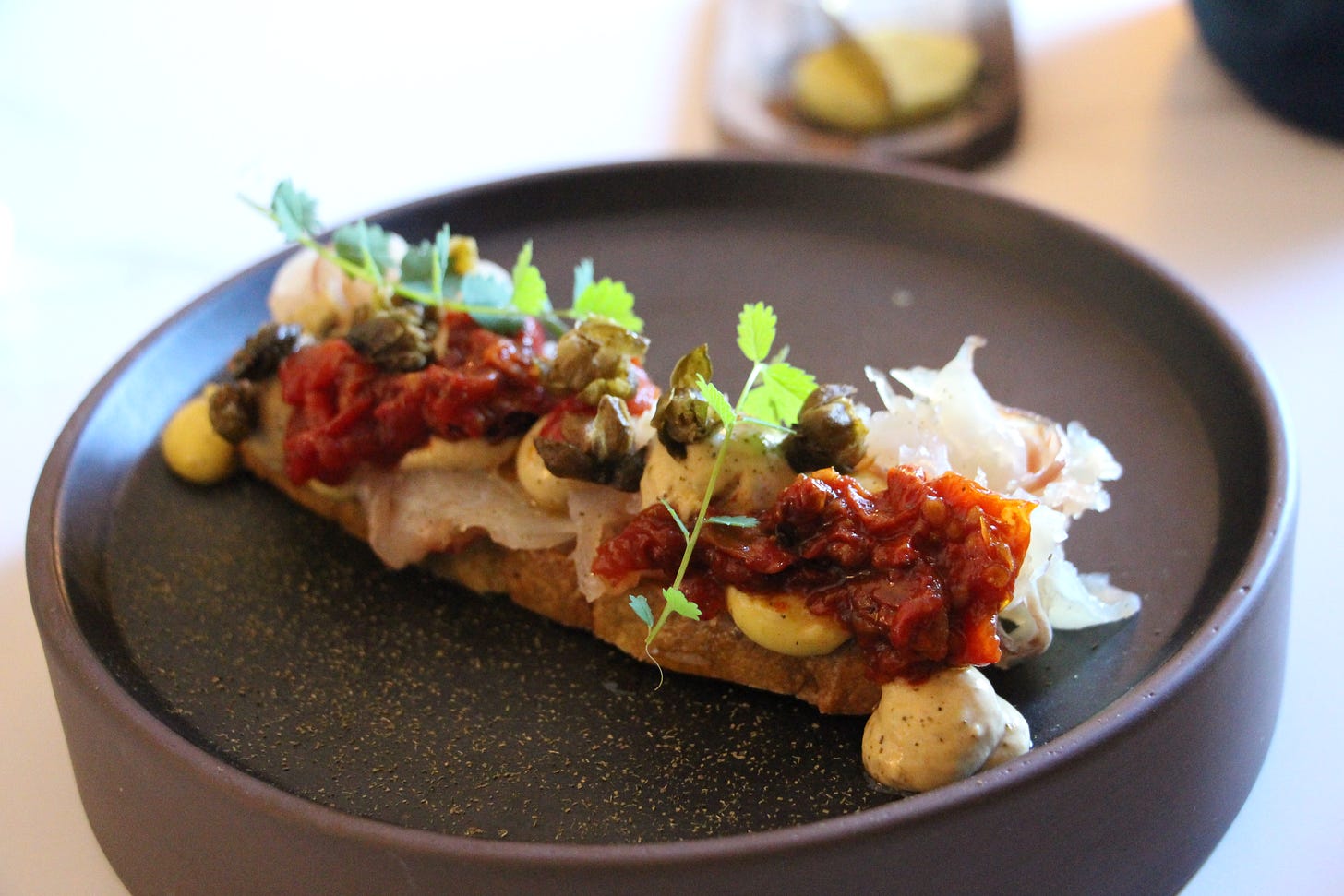
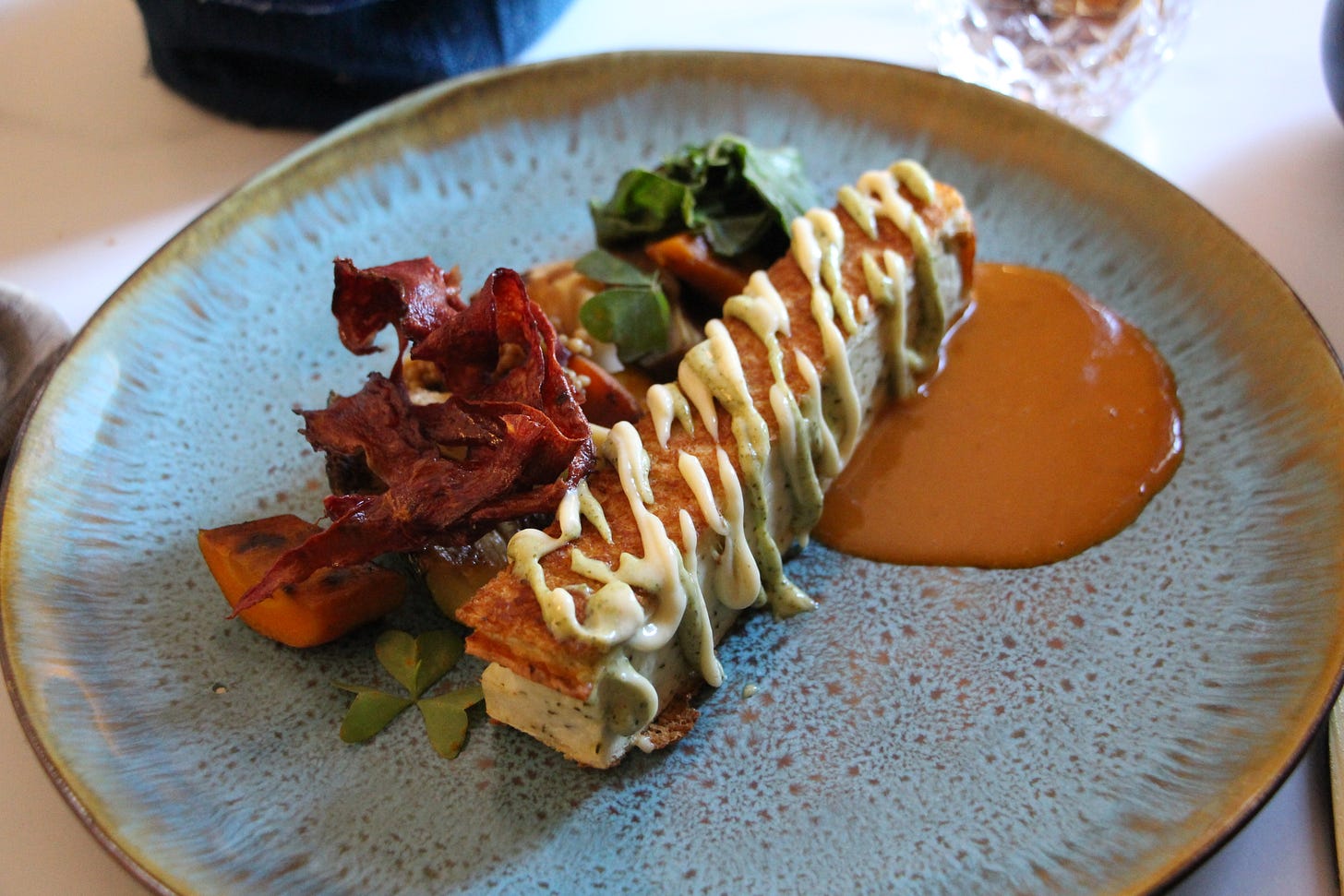





Super interesting dishes